Viewers to ‘gain a connection’ to Indigenous history through painting at Greenfield Savings Bank
| Published: 01-05-2023 4:17 PM |
GREENFIELD — Just in time for this year’s season of giving, Greenfield Savings Bank recognized one of the region’s lesser-known acts of generosity by welcoming a new painting in its memory.
“We’ve had various art in the branch,” said Kevin De Rosa, vice president of the bank’s retail distribution network. “Personally, this is probably my favorite piece of art we’ve had here.”
“50 Mishoons,” a 4-foot-by-5-foot painting by Seaconke Wampanoag artist Deborah Spears Moorehead during summer 2020, was first put on display in the bank’s lobby around Indigenous People’s Day in 2022. The artwork commemorates the Pocumtuck tribe’s delivery of 50 bushels of corn to English settlers, who were suffering from a lack of food, along the Connecticut River via 50 dugout canoes following the harsh winter of 1637 and 1638. Local tribespeople said preserving this memory can remind locals about how the incentive to give cannot be stripped by others’ efforts to take away.
The painting was initially commissioned by the Nolumbeka Project, an Indigenous cultural preservation nonprofit. Once finished, it appeared in the organization’s “Indigenous Voices from the Connecticut River Valley of Massachusetts,” a 10-part series of short videos that gave insight into past and present Native American life.
“The painting depicts a story not well known, but as significant as the story of the ‘First Thanksgiving,’ which is essentially all that was taught in schools about the northeastern tribal peoples,” the Nolumbeka Project wrote in a statement on social media.
The nonprofit’s goal was to catalyze something that “dispels many stereotypes,” including the common perception that all Indigenous heritage is wrought with violence, according to board of directors member Jennifer Lee.
“War isn’t the only part of the history to look at,” Lee said.
Rather, colonists were often the instigators of conflict, imposing on tribes to “steal, swindle and get land any way that they could,” Lee explained. In contrast, she continued, tribes within the Connecticut River Valley have always defaulted to kindness.
Article continues after...
Yesterday's Most Read Articles
 New owners look to build on Thomas Memorial Golf & Country Club’s strengths
New owners look to build on Thomas Memorial Golf & Country Club’s strengths
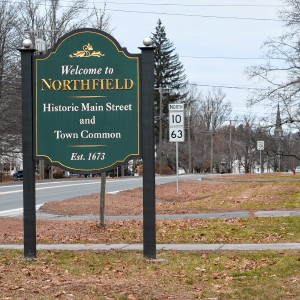 Survey shows Northfield residents want new development — but not near their homes
Survey shows Northfield residents want new development — but not near their homes
 Orange man gets 12 to 14 years for child rape
Orange man gets 12 to 14 years for child rape
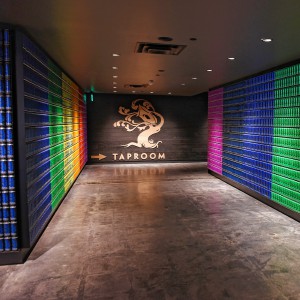 As emergency action plan is crafted, Tree House to maintain 1,500 capacity for summer
As emergency action plan is crafted, Tree House to maintain 1,500 capacity for summer
 Real Estate Transactions: April 19, 2024
Real Estate Transactions: April 19, 2024
 Man granted parole for role in 2001 deaths of 2 Dartmouth College professors
Man granted parole for role in 2001 deaths of 2 Dartmouth College professors
“It’s always been a native tradition to share,” she said.
“It’s just who we are,” Spears Moorehead added. “It’s innate in our culture.”
“This right here is a painting of coming together,” De Rosa commented. “It’s happy. It’s showing people working together and bringing food to people who are hungry. Especially in the 2020s, we need these positive vibes.”
Lee, who selected Spears Moorehead to create the painting, shared the artist’s opinion that any opportunity to celebrate local Indigenous history should be capitalized upon. She noted that the painting she commissioned not only depicts the mishoon trip, but also clay pots, baskets, storage kits, clothing and other items indicative of Indigenous culture in the 17th century Connecticut River Valley. By including such depth in her painting, Spears Moorehead hoped to communicate that local tribes “not just survived, but enjoyed life and thrived.”
“As a Native American from eastern woodland tribes,” Spears Moorehead said, “I strive to have anything I do as accurate to the historic time as possible.”
“A lot of times, native history was taught about out west,” Lee added. “The teepees and the buffalo. And it’s really important to acknowledge the history here because out east, there is a really strong touchstone.”
Art, Spears Moorehead said, is just as important as ever while “colonization techniques are in full force,” threatening the legacy of regional tribal ancestry.
“We’re still living in a genocide and the genocide now is erasure,” she said.
Tension between tribal and non-tribal peoples can be traced back to the early days of European colonization when colonists “came with these ideas that native people weren’t really people,” Lee described. More compassion toward Native Americans, she added, can be sourced from “a better appreciation of the contributions of native people to the making of this country.”
“I hope that (viewers of Spears Moorehead’s painting) will gain a connection to the native history of this land and how forward-thinking the Pocumtuck people were,” Lee said. “How sustainable their way of life was.”
The Nolumbeka Project hailed Greenfield Savings Bank as the “perfect central public location” to share Spears Moorehead’s work. De Rosa added that the bank, which has consistently been a “huge supporter of local art,” is a fitting platform to spread the messages the art conveys.
“Our foot traffic is very, very diverse,” said De Rosa, noting that the bank strives to make art accessible to everyone. “We have people from all walks of life and people from all economic backgrounds who come in here.”
After all, the tribes’ forward-thinking nature was not just delegated toward building a future for tribal peoples, but for all who share the Earth, Spears Moorehead said.
“Even though we’re a giving people,” she explained, “we’re also a giving community for all people.”
While the painting is now displayed at Greenfield Savings Bank’s 400 Main St. location, “it is hoped that it will find a permanent home somewhere in the immediate area where it can be accessible to the public for generations,” the Nolumbeka Project expressed. Those interested in purchasing the painting are encouraged to contact the organization at nolumbekaproject@gmail.com.
Reach Julian Mendoza at 413-930-4231 or jmendoza@recorder.com.

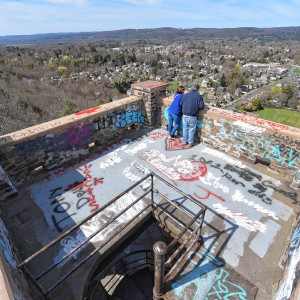 $50K allocated for Poet’s Seat Tower sandblasting as officials mull vandalism prevention
$50K allocated for Poet’s Seat Tower sandblasting as officials mull vandalism prevention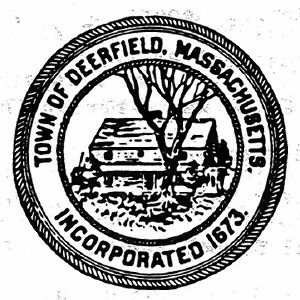 Deerfield voters to decide 8 capital projects at Town Meeting
Deerfield voters to decide 8 capital projects at Town Meeting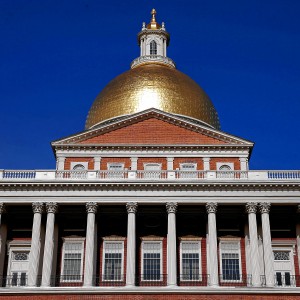 Shelter money fading, but ‘not at the end of the line’
Shelter money fading, but ‘not at the end of the line’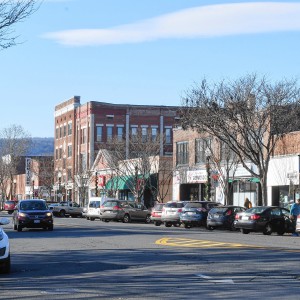 Greenfield City Council approves borrowing $1.18M for Main Street redesign, sewer repairs
Greenfield City Council approves borrowing $1.18M for Main Street redesign, sewer repairs
